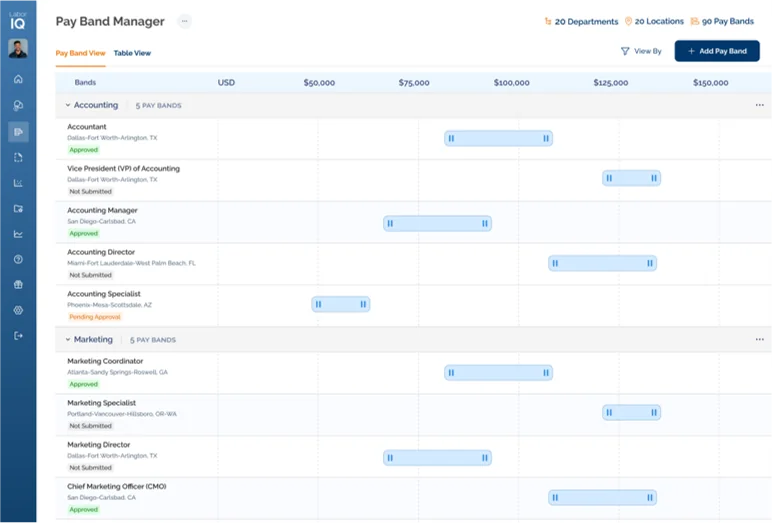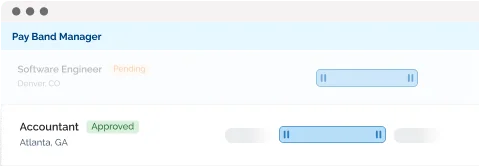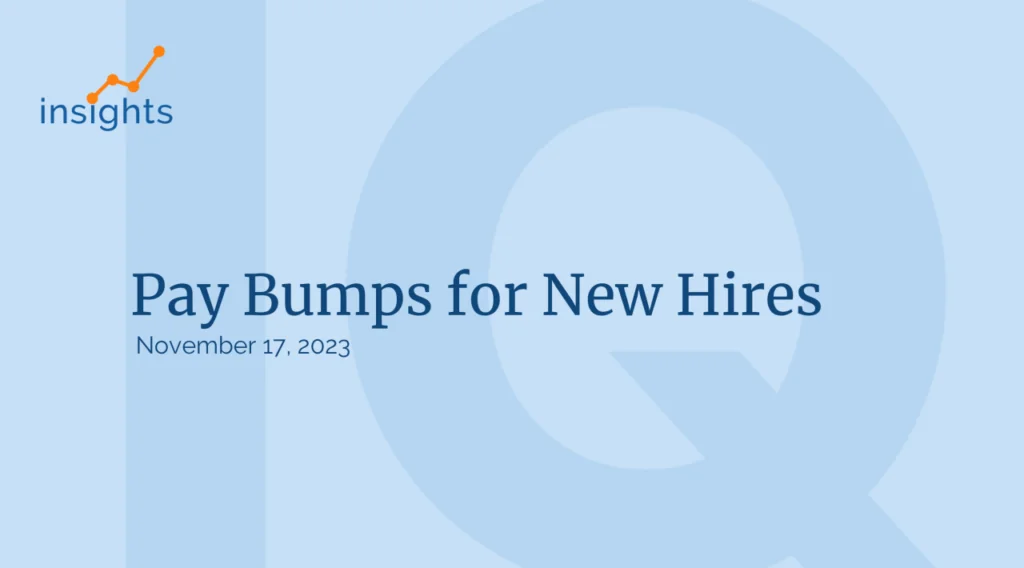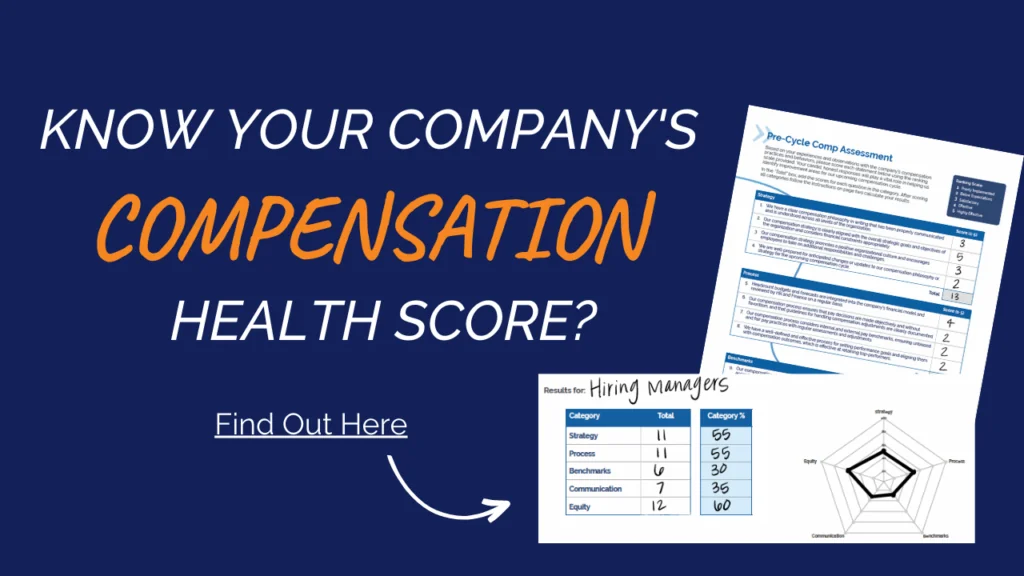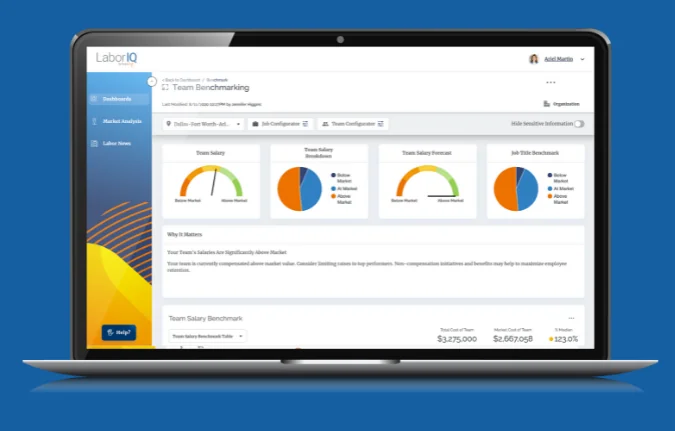Job seekers unanimously favor laws forcing employers to disclose in job ads how much they’re willing to pay. In fact, the job board Monster reports that 98% of workers believe that salary ranges should appear in job postings. So, it’s no wonder such legislation has taken effect across several states, including Colorado, Rhode Island and Washington – to name a few!
However, such salary transparency laws have faced challenges. Most notably, how companies disclose their compensation strategies with the “good faith” required. For instance, in the case of NYC, the “good faith” stipulations only require employers to post salary ranges that they believe to be accurate at the time of posting. Unfortunately, this means they can essentially post wide ranges that don’t necessarily offer employees an accurate number.
In light of this, we’ll discuss the difficulties salary transparency laws have encountered and why these hurdles have arisen.
There’s alot to cover, so let’s get started!
The Hopes Fueling Salary Transparency Laws
Advocates fought for this law in the hopes that it would:
- Give employees more leverage during salary negotiations.
- Root out and diminish compensation inequalities and reduce the wage gap.
- Empower job seekers to better compare salaries offered by different companies.
- Enable workers to get a more accurate feel of the average salary for the position.
On the flip side, pay transparency laws also benefit businesses putting their best foot forward. For example, those paying competitive salaries can rely on this approach to improve their employer brand.
However…
In U.S. law, “good faith” is a somewhat contentious term. But, according to the ABA (American Bar Association), it generally means companies are expected to act honestly and fairly in their dealings with others.
When applied to the new salary transparency laws, it similarly requires businesses to honestly disclose a job’s minimum and maximum salary range as best to their knowledge when posting.
However, at this point, it’s worth noting that the degree of accuracy to which employees have to disclose salary information isn’t universal. Instead, it depends on the regulations stipulated by individual states (i.e., whether the requirement is in good faith or some other standard).
For example, in New York, good faith is the only requirement for posting salary ranges, so employers don’t necessarily have to be specific. Whereas California’s pay transparency law uses more certain terms, dictating that employers must provide ranges based on what they “reasonably expect” to pay for a position. Although these differences seem minor they impact the degree to which employees can uphold their claims in court.
Businesses are still testing what counts as ‘disclosure in good faith.’ As a result, some advertised pay ranges are so vast that they remain ambiguous. Good examples of this are $50,000 to $145,000 for a New York Post tech reporter and $106,000 to $241,000 for a general counsel role.
Many businesses define their salary ranges by calculating 20% below and above their target budget. However, when a salary falls above $100,000, 20% presents a huge variation! As a result, job seekers are still left guessing whether they can expect fair compensation.
On top of this, businesses aren’t responsible for proving their salary ranges are reasonable and accurate. Instead, third-party investigators must make a case against them. As such, companies fearful of having their compensation plans exposed can use these loopholes to circumvent the entire point of pay transparency laws.
The Role of Backfilling and Compensation Ranges
The ambiguity that pay transparency legislation aims to address is frustrating for job seekers.
But, at the same time, it’s important to note that (sometimes) these broad ranges aren’t entirely unjustified.
For example, experience dramatically affects compensation. Therefore, businesses considering different experience levels may need to provide a wider compensation range.
This is especially relevant because many U.S. companies are investing more in backfilling roles than new hires. For the uninitiated, backfilling is when companies move to fill a recently vacant position. In fact, there are three times as many backfill roles as there are new roles.
For instance, a candidate might backfill a role with the same title as their predecessor. However, they might bring significantly less experience to the table and, therefore, aren’t entitled to the same salary.
So, what does this mean?
For job seekers, it means pay ranges remain unclear, raising fears that employers aren’t willing to comply with pay transparency laws in good faith.
In contrast, pay transparency and efforts toward pay equity aren’t one-time tasks for businesses. Instead, to establish fair pay, employers must stay on top of market trends and compensation demands and learn to formulate salary ranges with as much transparency and precision as possible. This moves us nicely onto our next point…
Tips for Businesses Pursuing Pay Transparency
The most important thing for employers striving to achieve better pay transparency is to stay on top of compensation trends by conducting regular market research. It would help if you understood what competitors are paying employees in similar roles so that you can gauge the going rate.
The bottom line: Using the right compensation analysis software is integral for calculating data-driven compensation ranges that are fair to your business and the job seeker.
In addition, there are a few other things to keep in mind when deciding your salary range:
If your company won’t pay the upper salary range for new hires, don’t factor this into your job postings. Only advertise what you’re willing to pay from the get-go.
Similarly, don’t lower the salary range if you’re hiring for a “hot skills” role; expect a minimum level of experience and factor that into your calculations.
Prepare for questions. If your salary range remains broad to a point where candidates need more clarity, be prepared to offer them answers. What compensation can they expect at their experience level? What determines where they land on the salary range?
Are You Ready to Offer Salary Ranges in Good Faith?
Salary ranges shouldn’t be a guessing game. But with a rocky start to new pay transparency legislation, many job seekers still feel their questions are going unanswered.
In response, your business can strive for better pay transparency by making data-driven compensation decisions and staying on top of market trends. Although your salary ranges may remain wide to account for varying experience and skill levels, be prepared to explain your pay ranges and clarify where your job seekers stand.
Contact LaborIQ today to learn how your business can obtain in-depth compensation data that eliminates the guesswork when budgeting for backfilled roles.





